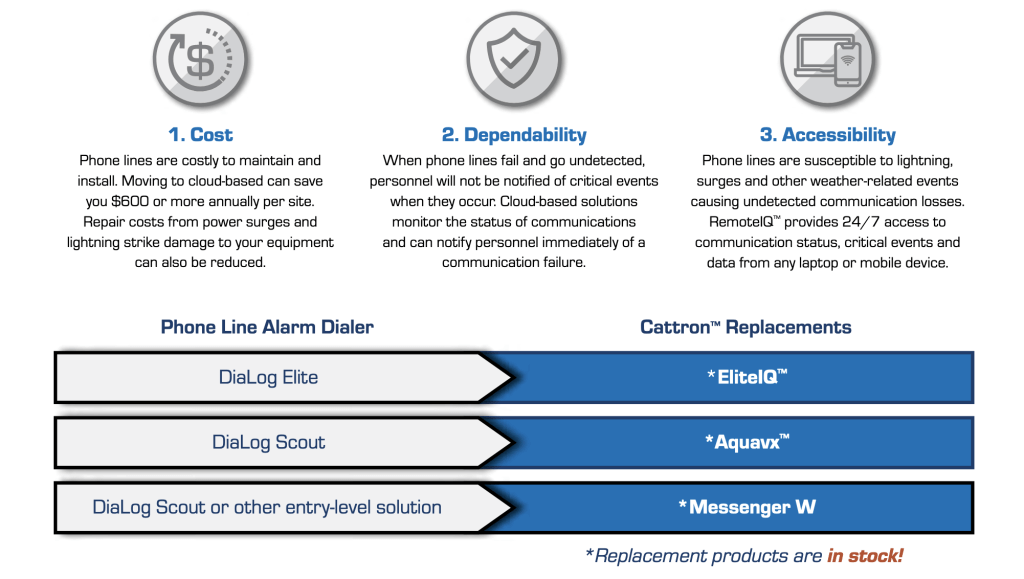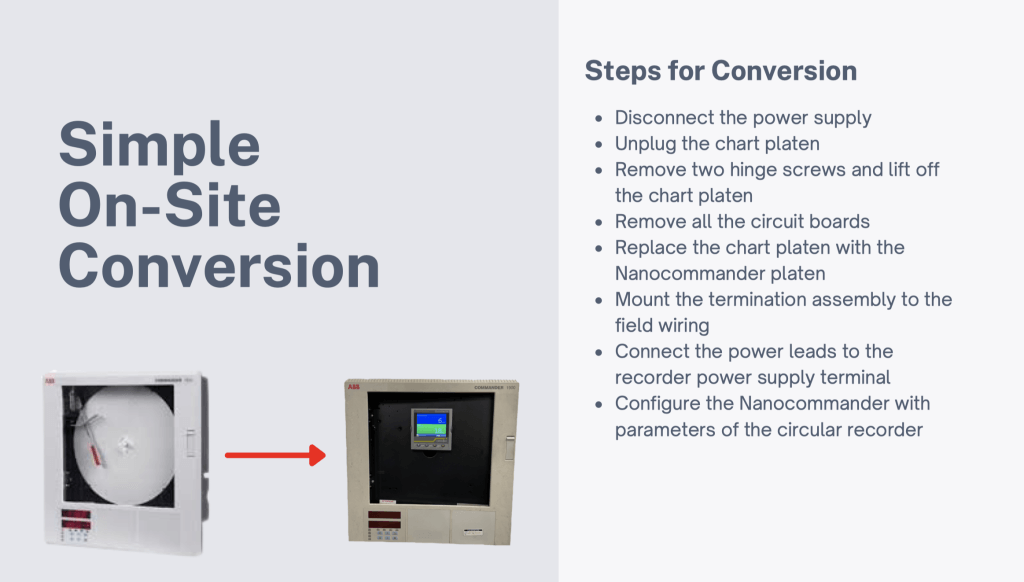< Product News
Thayer Scale Solutions for the Precise Delivery of Ingredients
March 14, 2022 | Product NewsGetting the desired ratio application of an anti-clumping agent to shredded cheese is difficult.
Thayer Scale’s Hygienic Weigh Feeders (HWF), built in accordance with the design principles of 3-A, NSF, and USDA, accurately measure the rate of flow of shredded cheese based on the direct measurement of mass and velocity variables. This flow rate data is then communicated to a Loss-in-Weight feeder such as the Thayer Scale LWF-SC-V Sanitary Vibratory Feeder.
A specialized Thayer Scale control algorithm, Scale Location Compensation (SLC), synchronizes the delivery of the anti-clumping agent with the varying cheese flow, ensuring that the anti-cake agent is delivered both in the correct proportion, as well as in the proper phase of the sometimes intermittent, but constantly fluctuating cheese profile. Thayer Scale’s proprietary, easy-to-clean Loss-in-Weight feeder technology controls aeration and defeats poor flow properties of anti-clumping agents to assure precise, reliable delivery to a single-point or uniformly across a wide band.
Thayer Scale instrumentation seamlessly integrates with the sites’ modern process software facilitating automatic, real-time analysis of base cheese measurement and the delivery of the anti-clumping agent.
Overall, the use of Thayer Scale equipment reduces product quality instances and improves housekeeping with a low, long-term cost of ownership.
Benefits include: reduced sanitation time – quick disassembly without hand tools to optimize sanitation effectiveness. And tolerance to high pressure, high- temperature sanitation evolutions without measurement drift or compromising measurement sensitivity.
Assistance with CGMP, HACCP, and HARCP program compliance.


